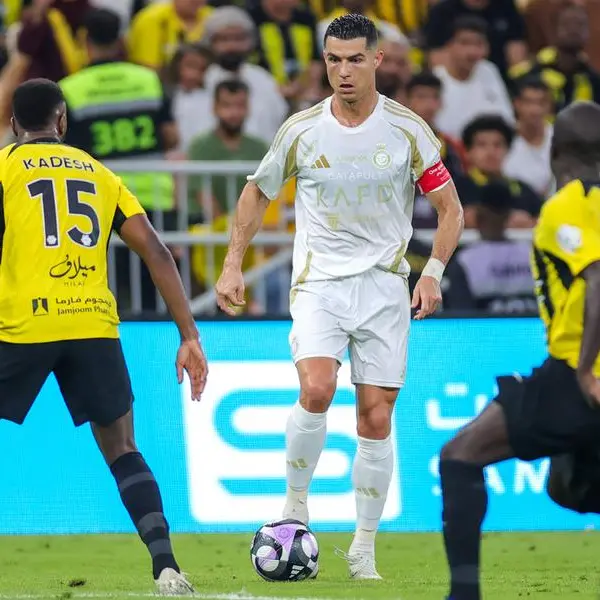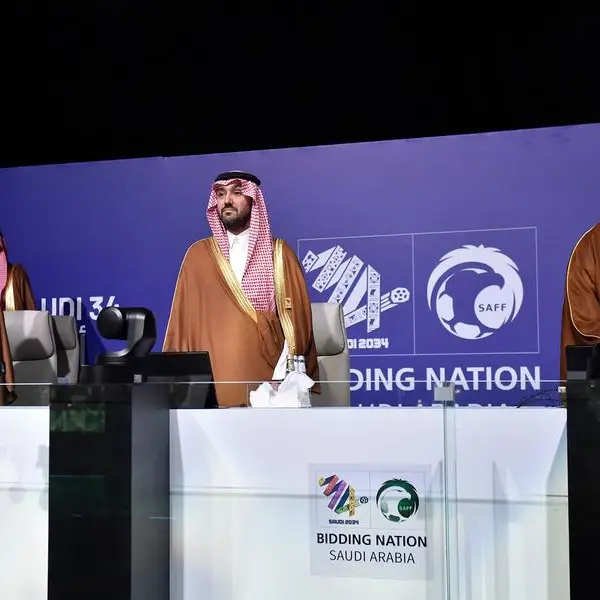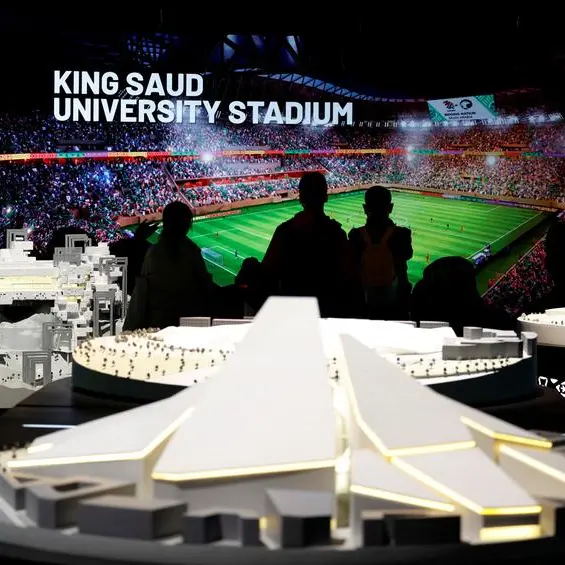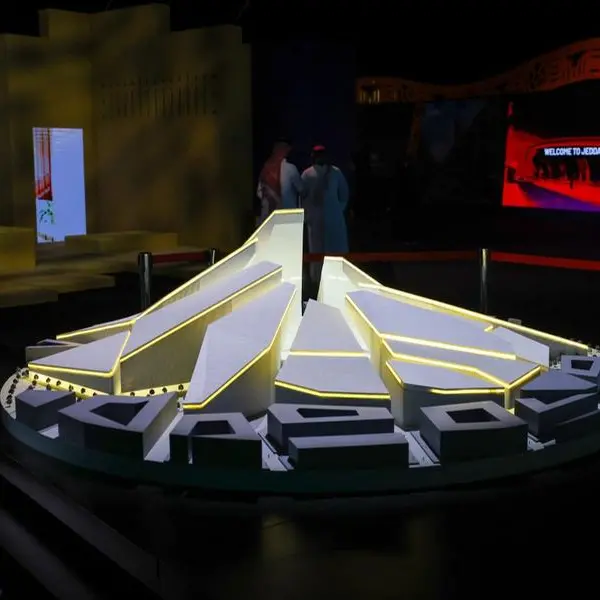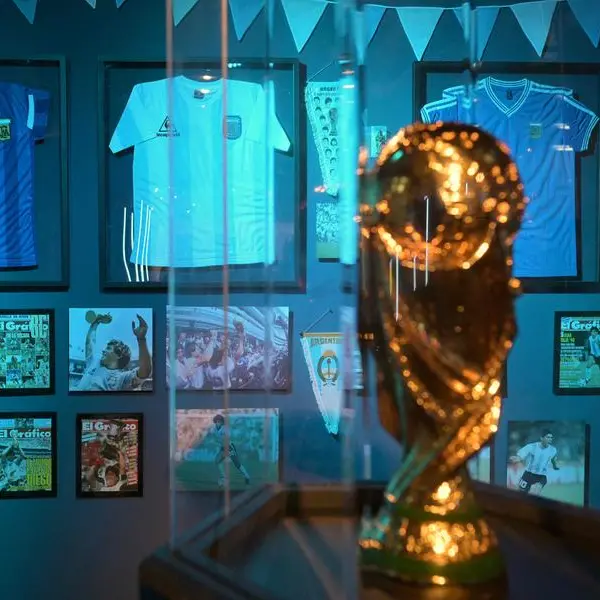PHOTO
As the Paris Olympics fast approaches, summertime temperatures will only continue to get hotter, giving athletes additional challenges as they seek to bring home medals.
Temperatures are expected to soar again in the European summer, after setting records in 2023, and although it is too early for an exact forecast for July, national weather agency Meteo-France said warmer than normal conditions were most likely.
There will be no air conditioning in the athletes' rooms at Paris 2024, which has pledged to host the greenest ever Games, meaning they will have to pay more attention to their body temperatures as they train, recover and compete.
"It can be very hot and miserable (in Paris), as it was in Tokyo during the last Olympics," Craig Heller, a biology professor at Stanford University who specialises in body temperature regulation, told Reuters.
"And that increase in environmental temperature has lots of effects on performance."
Stanford University, in California's Bay Area, is well known for Olympic athletes with at least one medallist at every Games since 1912 being linked with the school. Stanford-affiliated athletes won 26 medals in Tokyo and 27 in Rio in 2016.
The school's researchers like Heller have had the opportunity to study body temperature regulation, and the proximity to Silicon Valley has allowed tech to enter the playing field.
BLOOD COOLING
Heller co-invented CoolMitt, a device worn like a mitten on the hand that helps extract heat while cooling the blood which is circulated back to the heart and to the athlete's muscles.
It is designed to be used during timeouts in games, in between sets and reps in the gym, or any short break in training or competition.
"If you take heat out of the core of the body, that prevents heat from building up in the active muscles, and they keep on working," Heller said.
"So what CoolMitt does is prevents hyperthermia, rise in body temperature to a dangerous level. And therefore it enables you to have a higher work volume. And if you have a higher work volume, you get a bigger conditioning effect."
The CoolMitt, which has been used by USA Wrestling and American fencer Alex Massialas, targets the glabrous skin surfaces, which are non-hairy parts of the body that "contain specialized vascular structures that facilitate heat loss", according to a study.
Once inside the mitt, the palm rests on a water-perfused pad set to 10 to 12 degrees Celsius (50 to 53 degrees Fahrenheit).
The pad draws the heat out while cooling the athlete's blood before it reaches the level of vasoconstriction, slowing the blood flow.
Tyler Friedrich, associate athletics director for applied performance at Stanford University, works with athletes on campus, including some who went to Tokyo and are likely to go to Paris, on strength and conditioning programs.
"We know if we are overheating, we will not be performing at the level that we want or that we should be. And so regulating heat and regulating core temperature in some instances can be critical and vital to perform at a high level," Friedrich said.
He said ice baths and cold towels are often used by athletes but are not necessarily effective.
A recent study suggested further research was required to prove the efficacy of cold-water immersion practices.
Friedrich said the CoolMitt had made a difference.
"They (the athletes) notice themselves feeling like at the end of the game they have as much juice or jump in their legs as they did at the beginning," he said.
"That goes a really long way, both for psychological performance but also just for actual outputs and performance." (Reporting by Nathan Frandino, writing by Aadi Nair in Bengaluru, editing by Ed Osmond)


